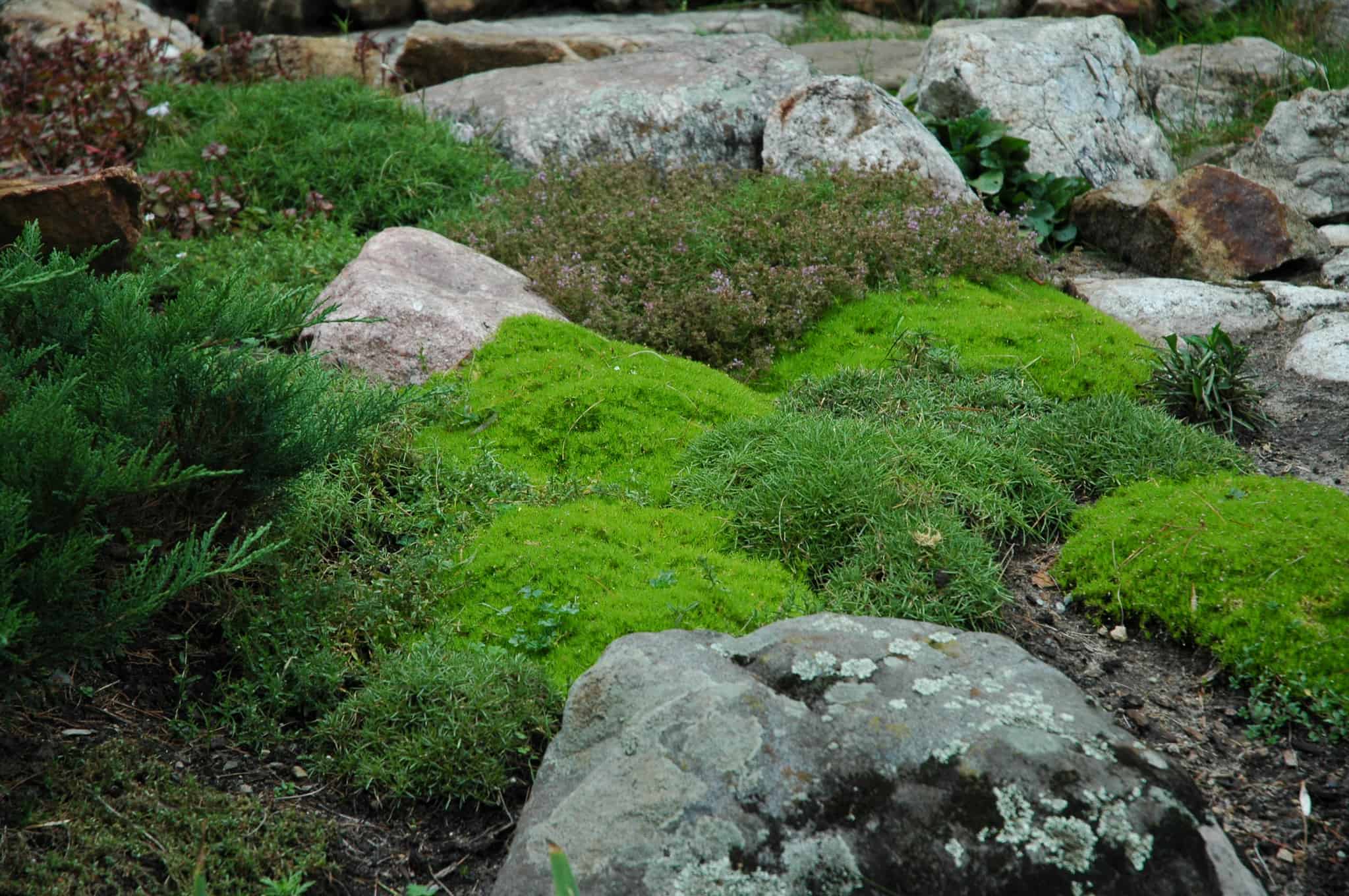Moss, despite covering an area equivalent to Canada, receives much less scientific attention compared to other plants. Unlike vascular plants that rely on tissues for water and nutrient transportation, mosses instead absorb water directly into their cells through osmosis. They also reproduce through spores rather than seeds, similar to fungi, and are surprisingly hardy.

Now, a new study has found moss could be an important solution to the climate crisis. Researchers in Australia, Spain and the US found evidence that mosses have the potential to store a large amount of carbon in the soil beneath them. This follows previous studies that also showed moss plays an important role in absorbing emissions.
“These findings support the idea that we can use nature in a variety of ways to fight climate change,” Peter Reich, study author from Michigan University, said in a statement. “Mosses matter because they show that even tiny plants in harsh environments are capable of acquiring and storing carbon, just like large trees.”
The role of moss in the climate crisis
Plants play an important role in tackling the climate crisis by absorbing and transforming greenhouse gases such as carbon dioxide. For example, a tree can absorb over its lifetime a ton of carbon from the air and store it in wood and roots. But it’s not just trees that can do this, small plants also matter, and here’s where moss enters the equation.
A team from the University of Michigan, the University of New South Wales and the Institute of Natural Resources and Agrobiology of Salamanca in Seville, Spain found that mosses can sequester around 6.4 billion metric tons more carbon in the soil than what’s stored in soil without plants. This is six times the annual emissions caused by changes in land use, they estimated.
To reach these numbers, they looked at soil samples from a diverse group of ecosystems spanning all continents. As well as looking at carbon storage, they analyzed traits linked with ecosystem services. They then calculated the contribution of moss and vascular plants such as trees to the soil biodiversity and functional attributes.
The findings showed that moss-covered soil not only increases carbon storage but also provides many benefits to the soil’s biodiversity. This includes higher levels of important nutrients, accelerated rates of organic matter decomposition and fewer instances of soil-borne pathogens on average compared to plain soil without moss.
When explaining the mechanisms that allow moss to provide benefits to soil biodiversity, Reich said it’s similar to what happens with trees. “Mosses stabilize the microclimates and physical environments beneath them. They provide minerals and carbon to the soil and thus offer a better home for the soil microbiome,” he said.
The researchers estimated that moss covers an area of more than 9.4 million square kilometers (3.6 million square miles), which underscores why moss can have such a big impact on soil biodiversity and carbon sequestration. Above all, moss can expand in difficult environments where other plants have more difficulty surviving, they said.
“As a community of scientists, we need to better understand all of Earth’s vegetation—on land in places wet and dry, and warm and cold, but also in water and their role in scrubbing carbon out of the air,” Reich said. “By comprehending their respective contributions, we can shape policies to optimize the management of nature.”
The study was published in the journal Nature.


